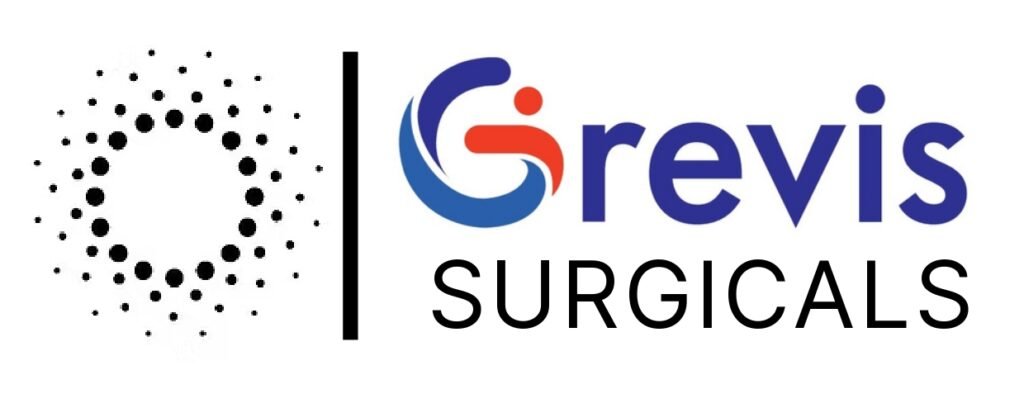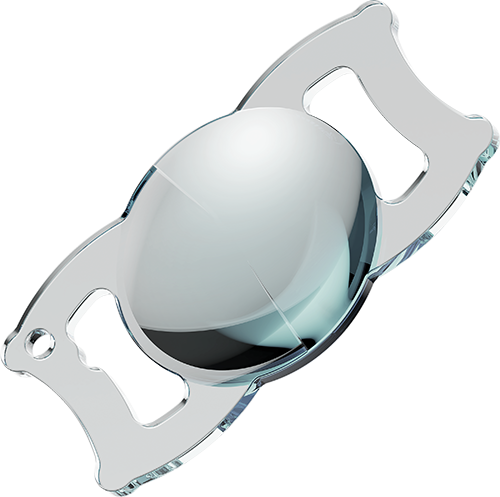Why Blue Light Filtering IOLs Matter for Long-Term Eye Health?
diziglobalsolution.2023
May 22, 2025

In today’s digital age, our eyes are exposed to more artificial light than ever before—especially blue light emitted from smartphones, computers, LED screens, and even sunlight. While some blue light exposure is beneficial, excessive or prolonged exposure may accelerate eye strain, contribute to retinal damage, and impact sleep quality. That’s where Blue Light Filtering Intraocular Lenses (IOLs) come into play, particularly for individuals undergoing cataract surgery or lens replacement procedures.
Let’s explore how these lenses work and why they’re becoming a key element in preserving long-term eye health.
What is Blue Light and Why Is It Harmful?
Blue light is part of the visible light spectrum, with wavelengths between 400–500 nanometers. While it’s naturally present in sunlight and plays a role in regulating our circadian rhythm, excessive exposure—especially to high-energy blue-violet light—can lead to:
Digital Eye Strain
Retinal Stress and Potential Damage
Increased Risk of Age-related Macular Degeneration (AMD)
Poor Sleep Quality
Our natural eye lens filters some blue light, but as we age or undergo cataract surgery, this protection is reduced or lost—unless it’s replaced by a blue light filtering IOL.
What Are Blue Light Filtering IOLs?
Blue Light Filtering IOLs are artificial lenses implanted during cataract or refractive lens surgery. These lenses are specially designed to mimic the natural lens of the eye by filtering out harmful blue light while allowing beneficial light to pass through.
They often appear slightly yellow in color—not enough to distort color perception, but just enough to block the high-energy wavelengths that may be harmful over time.
Benefits of Blue Light Filtering IOLs
1. Protects the Retina from Damage
By filtering out high-energy blue light, these IOLs may help reduce the risk of retinal conditions like age-related macular degeneration (AMD)—a leading cause of vision loss in older adults.
2. Reduces Digital Eye Strain
With more time spent in front of screens, blue light filtering IOLs can ease symptoms like dry eyes, headaches, and blurred vision.
3. Maintains Visual Comfort and Contrast Sensitivity
These lenses can enhance contrast in bright environments and reduce glare, making activities like night driving or reading in daylight more comfortable.
4. Improves Sleep Quality
By minimizing blue light exposure in the evening, blue light filtering IOLs may help regulate your body’s circadian rhythm, resulting in better sleep patterns.
5. Acts as a Long-Term Investment in Eye Health
Unlike glasses or screen protectors, IOLs are implanted once and provide permanent blue light protection, making them a smart choice for lifelong visual well-being.
Are Blue Light Filtering IOLs Right for You?
Blue light filtering lenses are suitable for most patients undergoing cataract surgery or refractive lens exchange. They are especially beneficial for:
People with high screen time (professionals, students)
Individuals with a family history of AMD
Those who frequently drive at night
Patients looking for long-term protection without needing additional eyewear
However, it’s essential to discuss your lifestyle, vision goals, and medical history with an ophthalmologist before deciding on the lens type.
Conclusion
As technology evolves, so do the risks to our vision. Blue light filtering intraocular lenses offer a proactive and effective solution for individuals looking to protect their long-term eye health—especially post-cataract surgery. By filtering out harmful rays while preserving visual clarity, these lenses are a smart investment for both comfort and protection.
If you’re planning cataract surgery or simply researching IOL options, be sure to ask your eye surgeon about blue light filtering IOLs. Your eyes—and your future self—will thank you.


